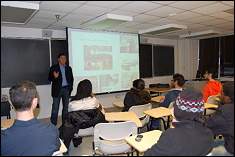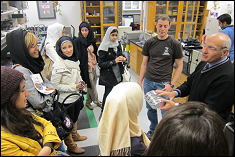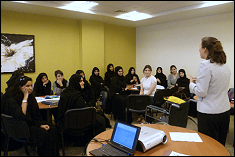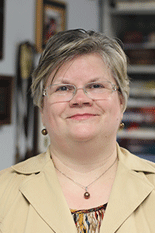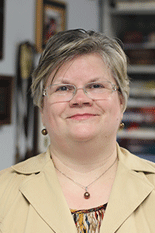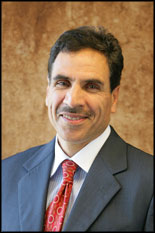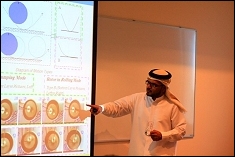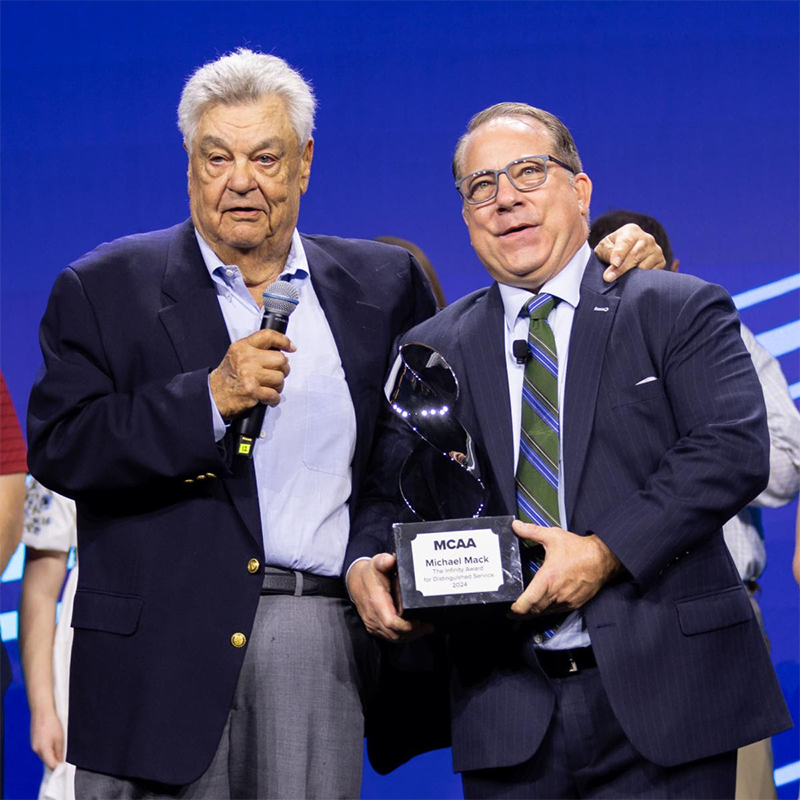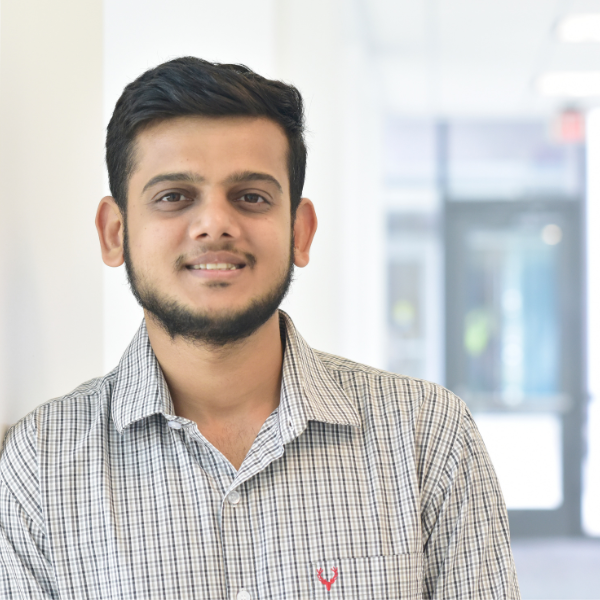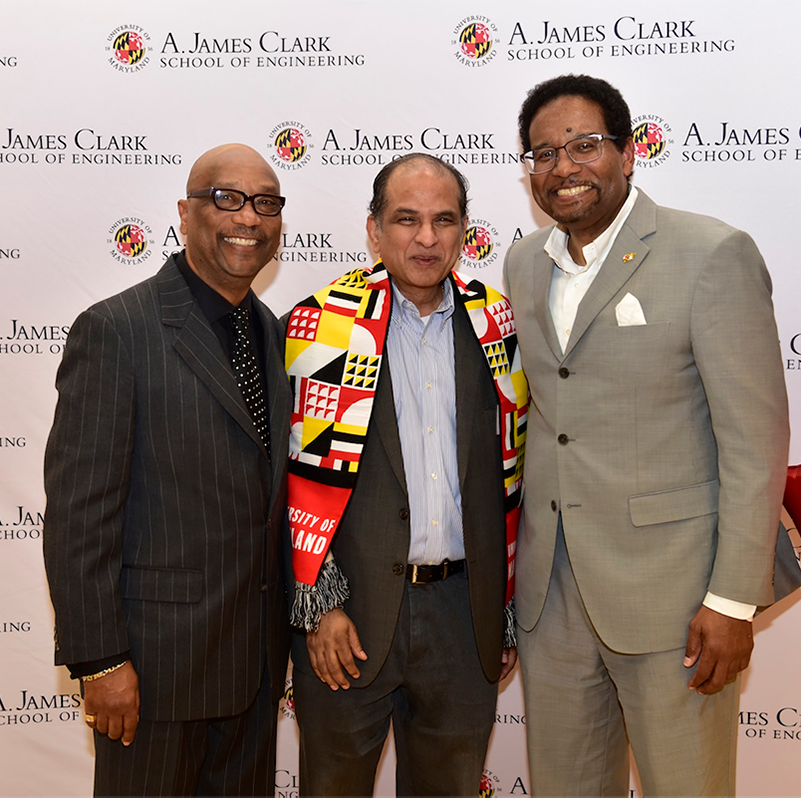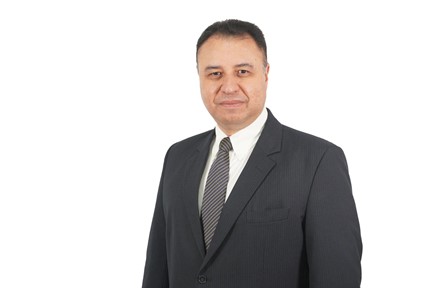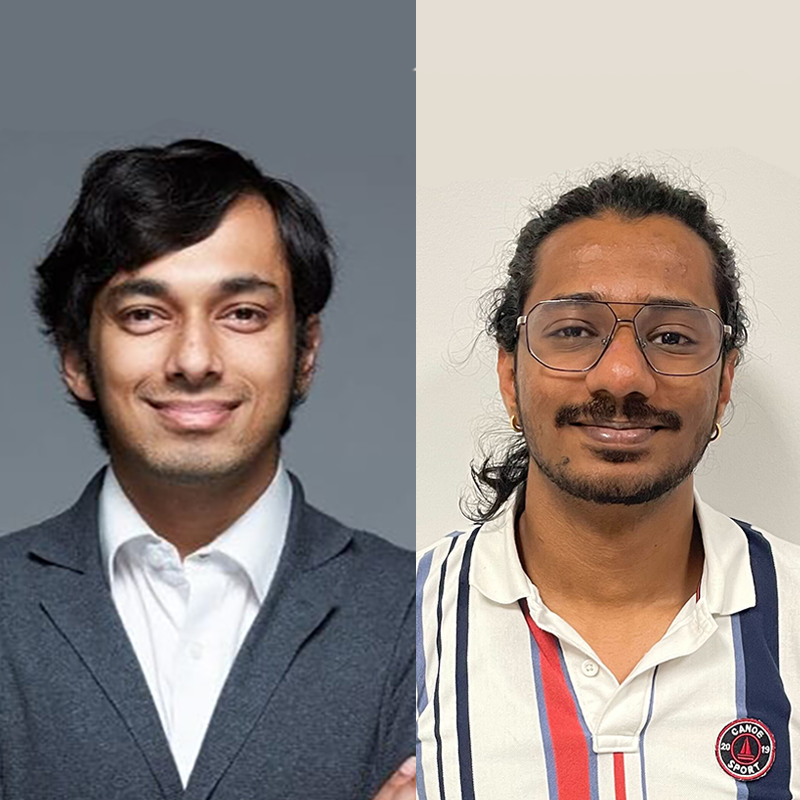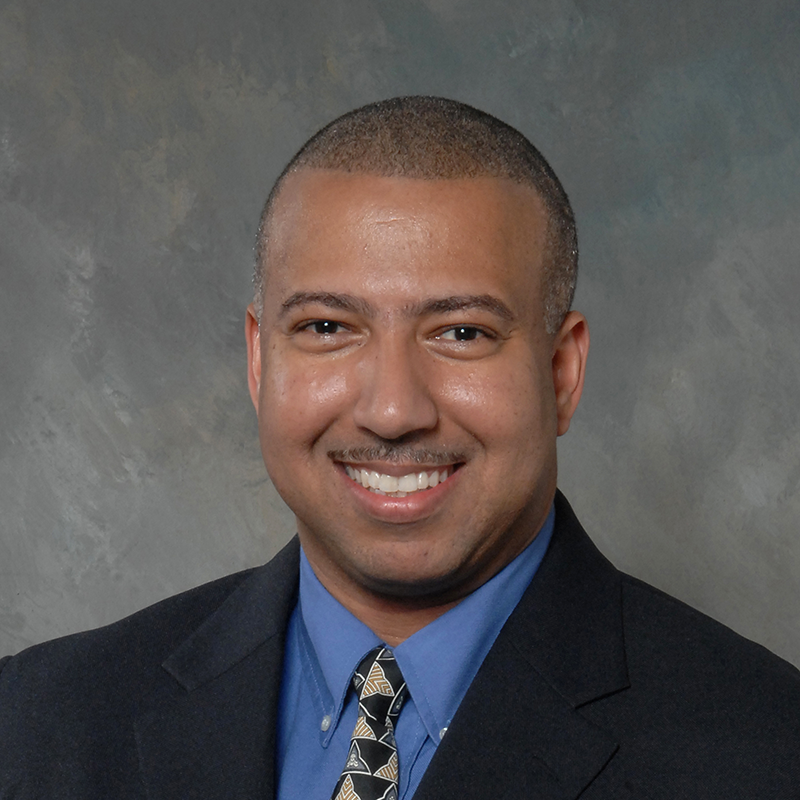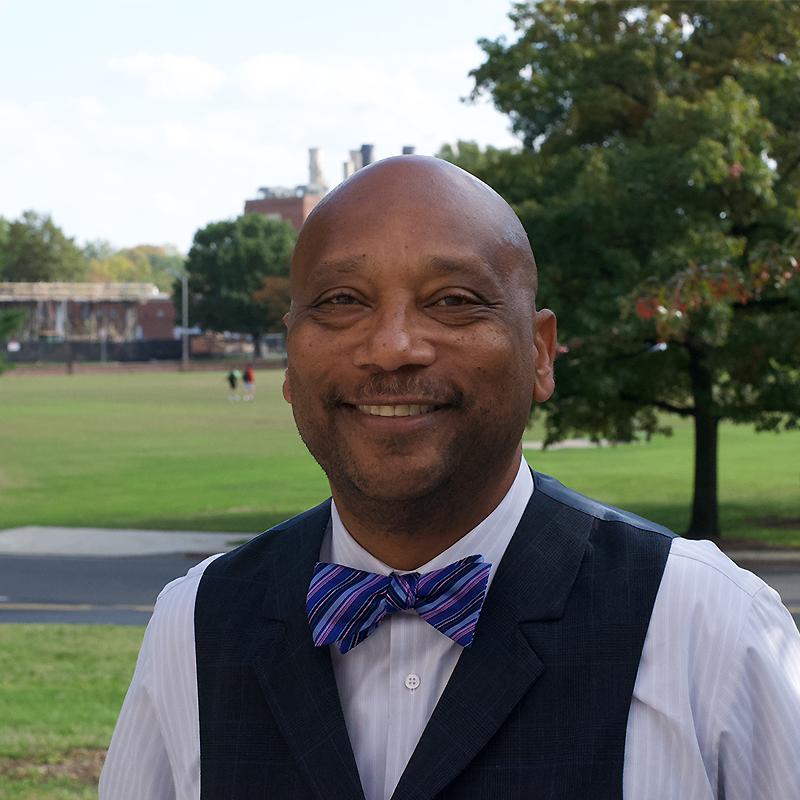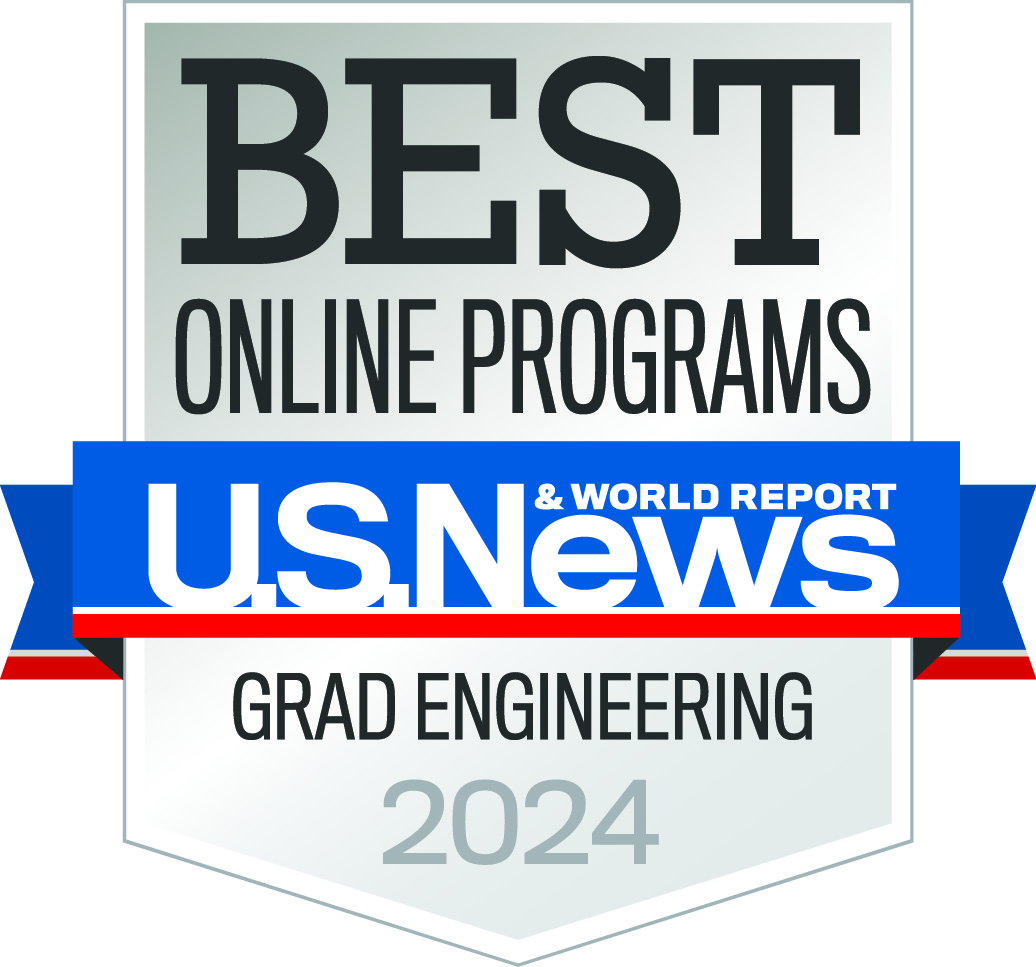News Story
Design Wokshop at PI
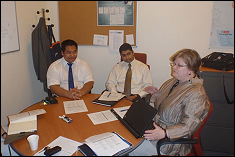
Dr. Schmidt meets with PI STEPS faculty Dr. Sam Cubero and Dr. Jaby Mohammed
"Sketching to Improve Design", Presented Sunday, March 20
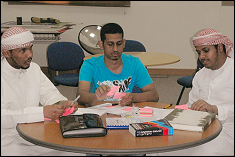 Sketching is a both physical and mental process. A well-used description of sketching from French is that a sketch is a designer’s "conversation with themselves." Every engineer appreciates the value of a sketch to describe a physical object to a colleague or to record ideas when developing design options. However, most of today’s engineering students prefer the use of CAD programs to pencil and paper sketching. Many have never been trained in drawing skills and are reluctant to try to draw by hand. These students are not aware of the value of sketching to improve creativity and bring other benefits to the design process. Pictured: STEPS students expanding their design space through an extended brainstorming activity introduced by Dr. Schmidt
Sketching is a both physical and mental process. A well-used description of sketching from French is that a sketch is a designer’s "conversation with themselves." Every engineer appreciates the value of a sketch to describe a physical object to a colleague or to record ideas when developing design options. However, most of today’s engineering students prefer the use of CAD programs to pencil and paper sketching. Many have never been trained in drawing skills and are reluctant to try to draw by hand. These students are not aware of the value of sketching to improve creativity and bring other benefits to the design process. Pictured: STEPS students expanding their design space through an extended brainstorming activity introduced by Dr. Schmidt
What happens physically during sketching is easy to see and understand. However, the mental (or cognitive) activities during sketching are impossible to observe in real time and challenging to record in any fashion. The cognitive processes involved in sketching have been explored by many researchers in various concentration areas, including engineering, architecture, art, education, and psychology. Research done at the University of Maryland demonstrates that students can be easily influenced to improve the content of their sketches regardless of their drawing skills. The capstone design course in Mechanical Engineering at Maryland has incorporated increased use of sketching with positive results. These developments were presented during this workshop.
This workshop was attended by 22 PI faculty members.
"Enhancing and Assessing Teamwork", Presented Monday, March 21
The project team has become a well-established primary learning environment for engineering students. Engineering education accreditation reflects this in their required student learning outcome: the ability to function on multidisciplinary teams. However, the field of engineering education appears to have an ambivalent attitude toward this pedagogical approach. Many students and faculty dread team projects for reasons that include team conflicts, including how to handle “slackers,” logistical problems, and the difficulty of evaluating the work of individuals when the team grade is based on a completed project.
This workshop discussed and shared practices teams and team operation guidelines; establishing effective peer evaluation regimes; and assessing individual learning objectives. Many of these strategies were developed during research done under a National Science Foundation funded project called BESTEAMS: Building Engineering Student Team Effectiveness and Management Systems (1996 -2005). BESTEAMS conducted scholarly research to model the engineering student-project team environment and develop curriculum-enhancing standardized team skills training modules for delivery by engineering educators. Under the grant, BESTEAMS strategies were used to train over 4000 engineering students at a variety of courses and institutions. The workshop presented the strategy for enhancing team performance and introduced the BESTEAMS training process.
This session was attended by 11 PI faculty members.
The material presented, according to Brian Bielenberg of PI, "has already made an impact as several of the participants have shared the ideas presented with others in their department…the discussions begun in this session have spread, one of the primary intentions of having such sessions."
"Capstone Design Projects: What Works for Students, Faculty & ABET", Presented Tuesday, March 22
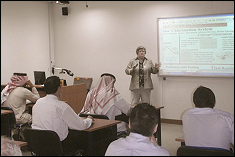 Design projects are a natural vehicle for demonstrating the acquisition of engineering knowledge and the development of engineering skills. No design course is as comprehensive and challenging for students as the capstone design experience. Therefore, it is not surprising that curriculum managers look to the capstone design course to provide evidence of the achievement of a significant number of the ABET Student Outcomes. ABET assessment is often associated with ten student outcomes that describe the results of an engineering education. The outcomes list begins with the broad outcome of "an ability to apply knowledge of mathematics, science, and engineering." Other outcomes are specific to design activities, functioning on teams, and forward-looking, such as "a recognition of the need for, and an ability to engage in life-long learning." Design is such an integral part of engineering practice that a capstone design course will require students to use or develop all of the skills described in the learning outcomes. Pictured: Dr. Schmidt presents ideas regarding designing projects for capstone courses.
Design projects are a natural vehicle for demonstrating the acquisition of engineering knowledge and the development of engineering skills. No design course is as comprehensive and challenging for students as the capstone design experience. Therefore, it is not surprising that curriculum managers look to the capstone design course to provide evidence of the achievement of a significant number of the ABET Student Outcomes. ABET assessment is often associated with ten student outcomes that describe the results of an engineering education. The outcomes list begins with the broad outcome of "an ability to apply knowledge of mathematics, science, and engineering." Other outcomes are specific to design activities, functioning on teams, and forward-looking, such as "a recognition of the need for, and an ability to engage in life-long learning." Design is such an integral part of engineering practice that a capstone design course will require students to use or develop all of the skills described in the learning outcomes. Pictured: Dr. Schmidt presents ideas regarding designing projects for capstone courses.
"The material presented has already made an impact as several of the participants have shared the ideas presented with others in their department"
Brian Bielenberg of PI
The success of the engineering team capstone design project experience relies in a large part on the design project selected for the student team. Even when student teams are allowed to propose their own projects, course faculty must thoughtfully consider the appropriateness. Primary emphasis is given to the educational challenge of the proposed project and the fit the design activities have with the team's discipline. The increasing dependence of a department on capstone design for accreditation evidence adds another level of complexity to the project approval process.
This workshop was attended by 17 PI faculty members representing all of PI’s engineering programs.
Strategies for managing these challenges in the identification and development of capstone design projects were discussed. The session consisted of lively discussion on identifying appropriate capstone projects, and how to assess Program/ABET outcomes within a capstone course. Dr. Schmidt presented the approach used by Maryland’s Mechanical Engineering program, and participants commented on the usefulness of comparing a variety of approaches, helping to identify strengths in our own programs along with generating ideas of how they can be further improved. These discussions were extended throughout the visit during focus group meetings that Dr. Schmidt held with senior design faculty from each program.
Senior Design and ABET Faculty Consultations
For one-and-a-half hours each morning, Dr. Schmidt met with Senior Design faculty from the PI engineering departments to discuss approaches to the design experience, with particular emphasis on how to identify projects that satisfy ABET expectations and how to present senior design during ABET reporting and evaluation. Overall, these meetings involved ten PI senior design faculty, three from Mechanical Engineering, three from Petroleum Engineering, and two each from Chemical and Electrical Engineering. The value of these interactions is best summed up by the comments of one of the involved faculty, who, when asked, "Overall, was the session worthwhile?" enthusiastically replied, "Absolutely. I don't remember a similar meeting in the past from other schools on design and how others offer the course elsewhere. It was great to share ideas."
While participants provided overall positive feedback, many also recommended that future exchanges of best practices include more specific examples. For instance, one participant commented, "I would have liked to see some more specific examples and projects. A sample of good, bad and ugly such that we can set benchmarks for our students." Another suggested that it would have been helpful if "she share[d] with us some of the material she covers at Maryland and the forms she uses to evaluate the different requirements for the course (rubrics)." (Note: this was actually done in the third workshop). Overall, the sessions received extremely positive feedback, and PI faculty look forward to further exchanges of knowledge and experiences focused on specific practices and material.
Guest Lectures in STEPS Courses
In addition to the morning meetings with senior design faculty and noon seminars, Dr. Schmidt also served as a guest instructor in four STEPS I courses. STEPS I is a sophomore level multidisciplinary cornerstone design course at the PI. It is PI students’ first formal exposure to engineering practice and the engineering design process. Dr. Schmidt took each of the four classes through a connected brainstorming and sketching activity that helped to reinforce the ideas behind, and the need for, structured brainstorming in the design process. Dr. Schmidt had the students actively engaged in the brainstorming process. The modeling of the activity, while targeted at the students, had the additional benefit of providing PI faculty with new ideas: "Seeing another teacher working is always useful and allows us to reflect on our own practice." Another added, "The brainstorming session using 'sticky notes' (Post-it notes) was very interesting and seems very effective at extracting lots of ideas from the heads of all team members. I will encourage the use of this method in the future because this brainstorming process encourages students to share all their ideas openly and in an interactive and fun way."
Summary
Overall, all three aspects of Dr. Schmidt’s visit received extremely positive feedback. PI faculty stated that they benefited from hearing about best practices at another institution, both in general terms and through sharing of specific materials and experiences. All encourage a continuation of these types of exchanges. The feedback from participants also indicates some general ideas regarding future activities.
Recommendations
• Future exchanges of this type should be encouraged
• Exchanges should be two-way
• Future exchanges should include specific examples of materials and activities
• People involved in the exchange should be informed about the PI context before coming to PI
Published April 20, 2011
